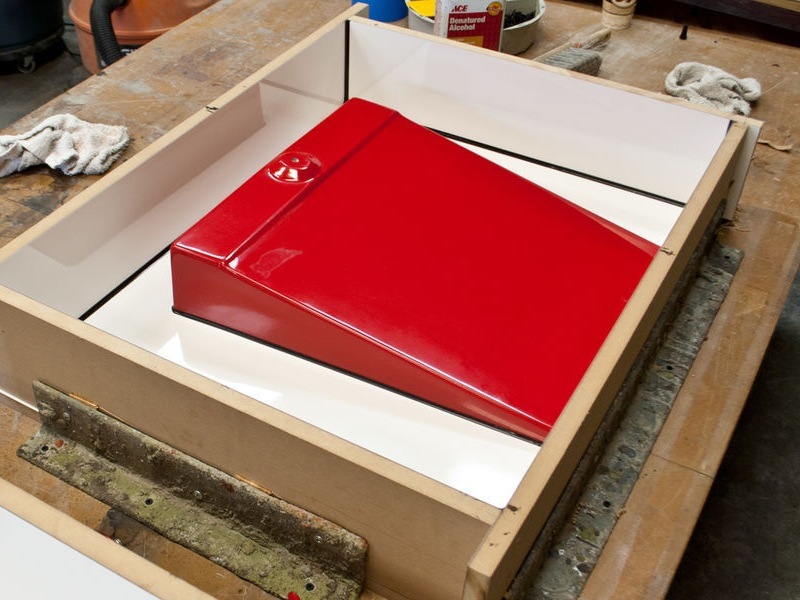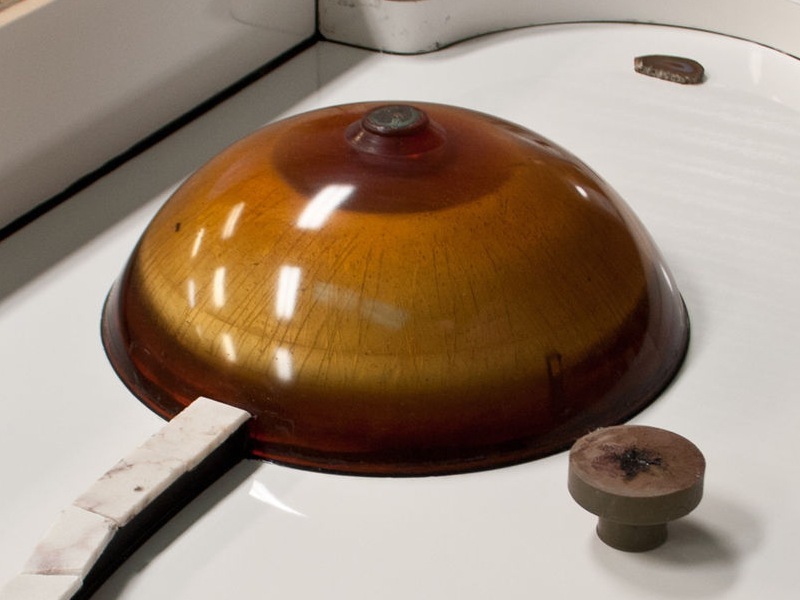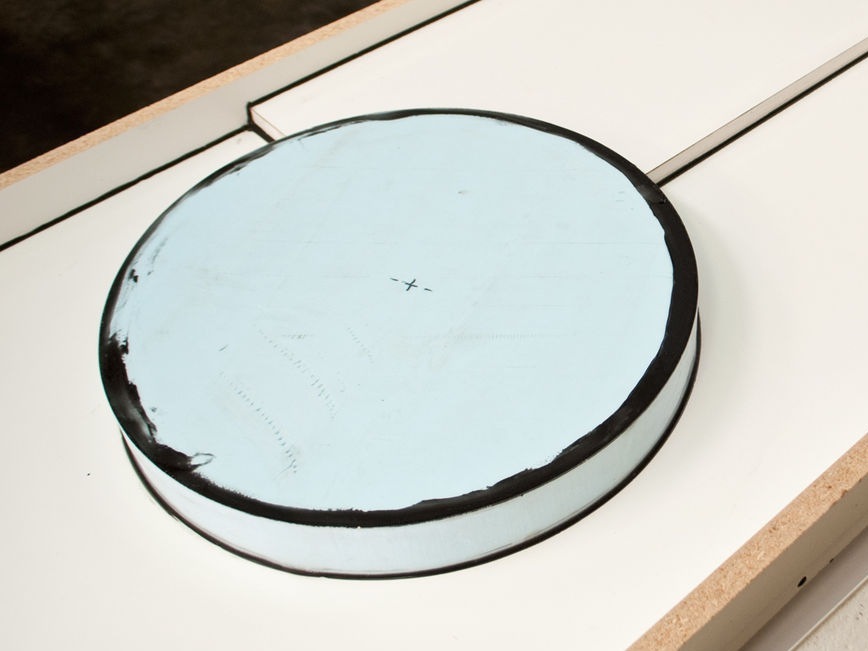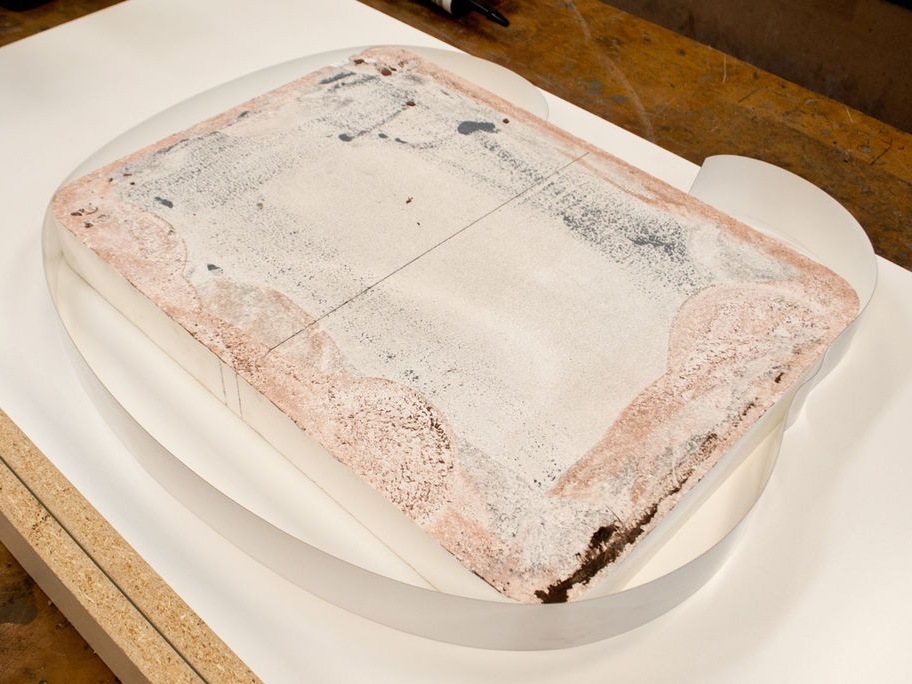Concrete Sink Knockouts
A sink knockout is used to create a void in the concrete for an under-mount sink. It can be made from different materials, but they are typically foam, rubber, or fiberglass. Rubber and fiberglass knockouts are re-usable for many many castings, while a foam knockout can only be used a few times before it should be replaced.
What You’ll Need
- CHENG Glossy Form Tape
- Kitchen Sink Drain
- Bathroom Sink Drain Form
Step 1 – Foam Knockouts
Step 2 – Fiberglass Knockouts

Step 3 – Rubber Sink Kockout



